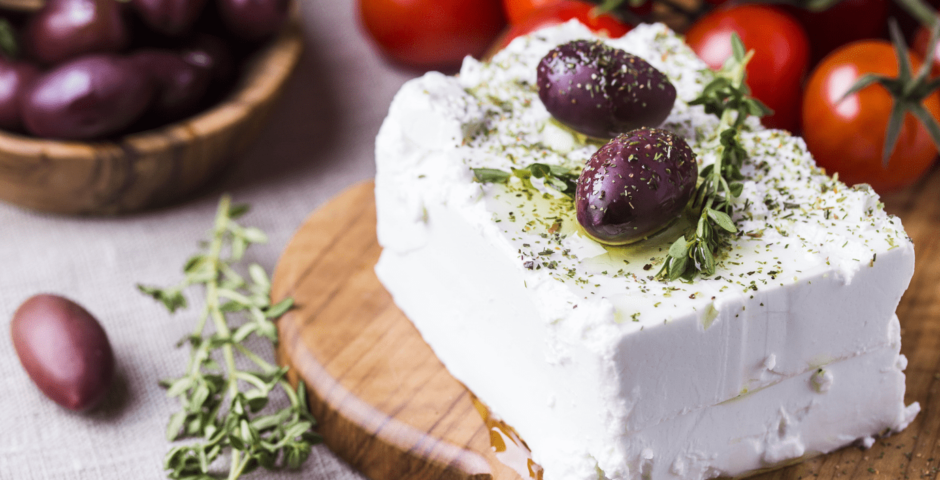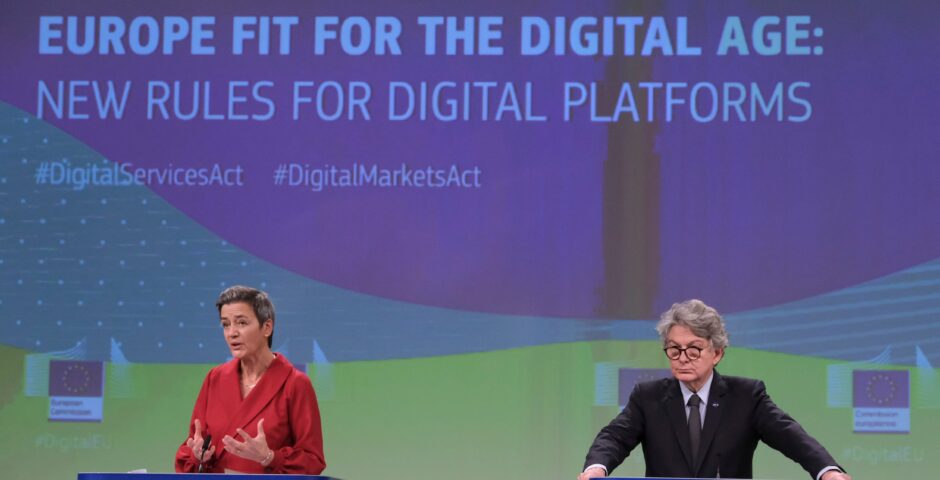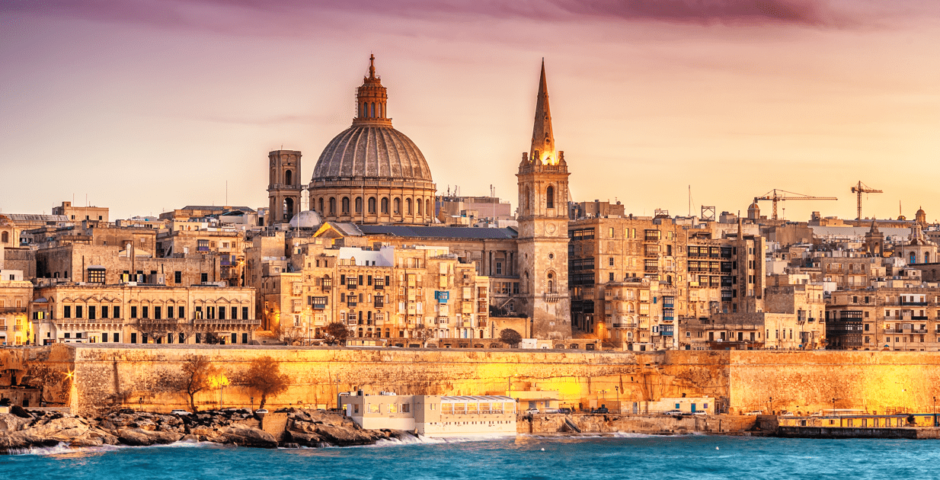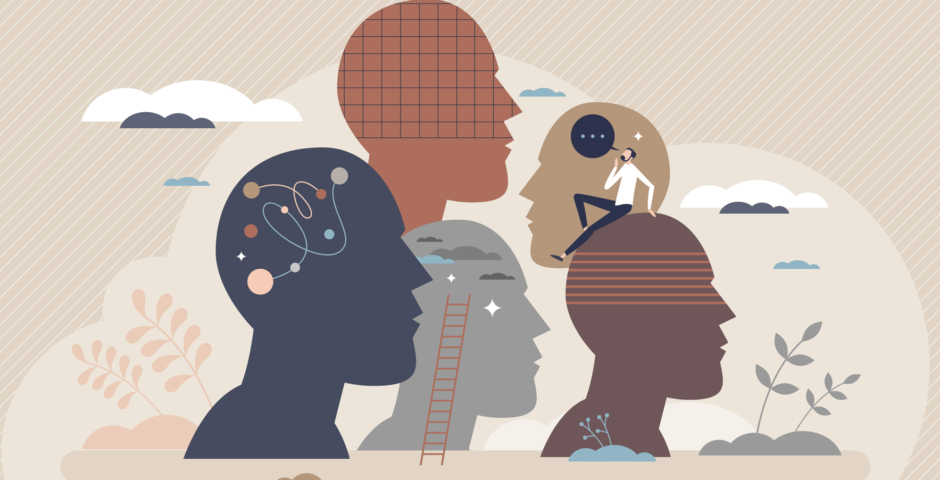Country profile of EU member Slovenia: A left turn in Europe too?
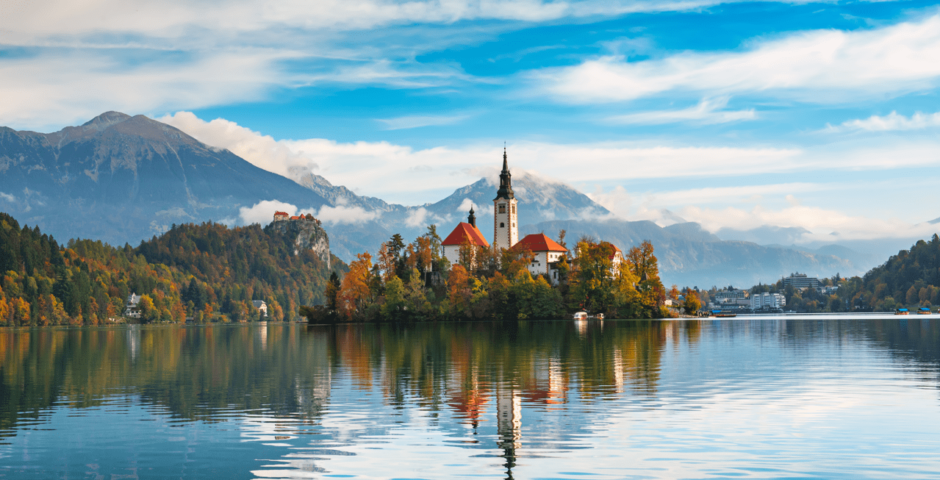
Will Slovenia break the right-populist trend in Europe?
Slovenia: the land of spas, mountains and rich history. Where Roman, Italian, Habsburg and Yugoslav cultural features come together in a relatively small but hugely diverse country. In short: Slovenia is definitely the place to be. Since 2004, Slovenia can call itself an EU Member State, so it is about time to learn a bit more about this country. In this country profile, you will therefore read about Slovenia’s history, geography, political situation, and role in the European landscape. Potentially useful in the run-up to the European elections, but also, allow yourself to be inspired for your upcoming summer holidays!
History
Slovenia has experienced many different cultural influences throughout its rich history. For instance, the origins of the capital Ljubljana can be traced back to Roman times, when the settlement Emona was founded on the same spot as Ljubljana is today. The first Slovenes can be traced back to Carantania. This principality covered part of Austria and present-day Slovenia. During the Habsburg era, we see cultural influence not only from Austria-Hungary but also from Italy. This cultural influence can still be seen in many coastal towns in Slovenia, including Portorož (also a beautiful holiday destination).
For many people, Slovenian history will be mainly marked by the Yugoslav period. From 1941 to 1945, which falls in the Yugoslav period, Slovenia was divided by Germany and Italy. With his partisans, Tito managed to liberate the country from the German-Italian occupation. In 1945, the People’s Republic of Slovenia was incorporated into the then Federative People’s Republic of Yugoslavia, which from 1963 would be called the Socialist Federative Republic of Yugoslavia. In 1991, Slovenia informed the Yugoslav government in Belgrade that it wanted to declare independence. In response, the Ten-Day War (considered part of the Yugoslav Wars) ensued, when Yugoslav troops invaded Slovenia. Finally, on 15 January 1992, Slovenian independence was recognised by the European Community.
Geography
Don’t be fooled by the Google Maps visualisation of Slovenia. The country is only 20.373 km², which is about half the size of the Netherlands. Slovenia shares borders with four other countries: Croatia, Austria, Italy and Hungary. In addition, a small part of the country also borders the Adriatic Sea. In fact, the country has no less than 47 kilometres of coastline. The region in which Slovenia lies can be referred to in several ways: Central Europe, South-Eastern Europe, but by far the most well-known designation of the region is surely: the Balkans. Slovenia is included in the geographical region on most websites that have something to say about the Balkans. Yet if you look at a map of the Balkan Peninsula, it is only part of the country that officially belongs to it. Still, it is mainly due to the Yugoslav period that Slovenia can be counted as part of the Balkans, as it includes the rest of the former Yugoslav countries.
Despite not necessarily being the largest country in the EU, Slovenia does have a huge variety of landscapes. The country has several mountain ranges. For instance, in the north, you have the Kamniške Alps and the Julian Alps. Part of the Julian Alps is also the highest mountain in Slovenia, the Triglav, which is 2864 metres high. In the south of the country, you have the Karavanks, the Trnovski gozd and the foothills of the Austrian Norische Alps. The country is also known for its caves. Some of the caves even form an entire system, including the Postojna Caves, which are almost twenty kilometres long!
Apart from the mountains and caves, Slovenia is also known for all its waters. Apart from the Adriatic coast, lakes like the famous Lake Bled (the one with that little island with a church in the middle), Lake Bohinj, the Triglav Lakes and the Krn Lakes are true tourist attractions. The country’s longest river is the Sava. The country is also rich in freshwater springs. These freshwater springs have allowed the country to have a rich spa tradition, which can be traced back to the Roman period, but especially flourished enormously during the Habsburg and Yugoslav periods.
Demography and economy
Compared to the other former Yugoslav countries, Slovenia has the most homogeneous community. However, the country also has a number of minorities, including a German-speaking community, an Italian community and a Hungarian community. In addition to Slovenian, Italian and Hungarian are, therefore, recognised as official languages. German, however, is not. Slovenes are also widely found outside Slovenia; for instance, the Slovenian diaspora can be found notably in Italy, Austria and Hungary, but also in North America, South America and Australia. The Roman Catholic faith has been dominant in Slovenia since the 17th century, although there has been a sharp decline in the number of religious people. Besides the Roman Catholic faith, Orthodox and Islamic faiths are particularly present in the country. Still, there is mainly an increase in the number of people who refer to themselves as atheists.
Since Slovenia joined the EU in 2004, the country’s economy has been growing steadily (with the exception of the crisis years 2009, 2012, 2013 and 2020). The production and export of medicine, cars and car parts are important for the Slovenian economy. Still, and it probably won’t surprise you, it is mainly the tourism sector that contributes to Slovenia’s economy. You could read an interesting article about this on Shaping Europe last year. Since the tourism sector is so important for the country, the corona crisis and the war in Ukraine have had a major immediate effect on the Slovenian economy. Still, the economy is clearly growing again and the International Monetary Fund (IMF) expects growth of 3% a year between 2024 and 2027.
National politics
Slovenia has been a republic since independence in the early 1990s, a parliamentary republic to be precise. Since 2022, Nataša Pirc Musar has been the president. The president has virtually only ceremonial duties and is directly elected for a five-year term. Executive power lies with the cabinet. Slovenia’s parliament consists of two chambers, the Državni Zbor (‘State Assembly’ literally) and the Državni Svet (‘State Council’ literally). The Državni Zbor is responsible for dealing with bills and has a monitoring role. The Državni Svet has initiative rights, advisory rights and a one-time right of return. In addition, it can call legislative referendums. For example, accession to the EU was first put to the people by referendum. On 23 March 2003, the Slovenian people could answer ‘yes’ or ‘no’ to the following two questions in a double referendum: ‘Do you agree with the proposal for the Republic of Slovenia to become a member of the European Union?’ and ‘Do you agree with the proposal for the Republic of Slovenia to become a member of the North Atlantic Treaty Organisation (NATO)?’ To the first question, 89.61% answered ‘yes’, to the second question ‘only’ 66.02% were in favour of joining.
The Državni Zbor has 90 members and is re-elected every four years. Based on proportional representation, 88 members are elected from eight districts. The remaining two seats are reserved for the Hungarian and Italian minorities. In 2022, the last parliamentary elections took place and Slovenia ‘turned left’, when Robert Golob and his party Gibanje Svoboda (Freedom Movement) became the largest with 41 seats. The result put an end to the right-conservative government led by Janez Janša, who had formed the government with his party Slovenska Demokratska Stranka (Slovenian Democratic Party) since 2020.
The current parliament also consists of the Slovenska Demokratska Stranka (27 seats), Nova Slovenija – Krščanska ljudska stranka (New Slovenia Christian People’s Party, 8 seats), the Socialni Demokrati (Social Democrats, 7 seats) and Levica (The Left, 5 seats). The current coalition is formed by Gibanje Svoboda, Socialni Demokrati and Levica. Janša’s defeat was seen internationally as a defeat for right-wing populism in Slovenia, particularly due to Janša’s alliance with Donald Trump and Viktor Orbán.
Slovenia and the EU
Slovenia joined the European Union on 1 May 2004. It did so together with Hungary, Cyprus, Estonia, Latvia, Lithuania, Malta, Poland, Slovakia and Czechia. This EU enlargement is seen as an important move in the ‘unbundling’ of the continent of Europe. Whereas until the fall of the Soviet Union, the Iron Curtain still very clearly indicated the ideological split of the continent, this enlargement gave added force to the end of Europe’s split. Since 2007, Slovenia has also been a member of the Schengen Area and has adopted the euro as its currency.
Robert Golob’s victory, and with it, the change of the Slovenian government from a right-conservative to a left-wing one with a positive attitude towards the EU, was obviously well received in the EU. Indeed, a 70% turnout in these elections, many times higher than previous ones, shows that Slovenia is breaking with a trend increasingly seen in the rest of Europe, namely the path towards right-wing (populism). In his speech to the European Parliament in December 2022, Golob, therefore, stressed the strength of unity and solidarity and the huge importance of cooperation in the EU, especially in the event of challenges such as the energy crisis and Russia’s attack on Ukraine.
Huge floods hit Slovenia in the summer of 2023. Golob spoke of the country’s ‘worst natural disaster in history’. Especially in the northern and central parts of the country, buildings and infrastructure were damaged or even destroyed. According to the Slovenian government, the total damage would amount to billions, but the humanitarian damage was also huge. Thousands of people lost everything, from home to heart. A total of seven people died in the floods. Immediately after the floods, the EU announced to allocate 100 million euros to Slovenia, drawn from the European Solidarity Fund. Divided over 2023 and 2024, Slovenia will receive a total of 400 million euros from the Solidarity Fund.
European elections 2019
In 2019, Slovenia had eight seats in the European Parliament to run for. However, the turnout during the European Parliament elections that year was low, only 28%. Despite being tremendously low, well below the European average (of 50.66%), it was higher than in 2014 when only 24% of the Slovenian population voted.
| Party | European group | Seats |
| Coalition SDS + SLS (Slovenska demokratska stranka + Slovenska ljudska stranka) | EVP | 3 |
| NSi (Nova Slovenija – Krščanska ljudska stranka) | EVP | 1 |
| SD (Socialni demokrati) | S&D | 2 |
| LMŠ (Lista Marjana Šarca) | Renew Europe | 2 |
Looking ahead 2024
With the European Council’s decision to increase the number of European Parliament seats from 705 to 720, a number of countries have more seats to distribute in the upcoming elections. Slovenia is one of them and may also add one seat. This brings it to a total of nine seats. With the huge turnout in the 2022 national, parliamentary elections and the shift from a right-conservative government to a left-wing one that is hugely European-minded, it will be interesting to see what this will do to Slovenia’s traditionally low turnout in the European Parliament elections. However, whether the 2022 election result will be reflected in the outcome of this year’s European elections remains to be seen, as the general forecast for the elections shows a sharp turn to the right.
Image: Shutterstock

